I once worked in the same shop with an old Italian man who was at the end of his working life at a time when I was at the beginning of mine.He took me aside one day to tell me a story. It was something that had never happened to me before, so I was all ears.
“Imagine this scenario,” he said. “Jesus rises from the dead and forty days later He ascends into heaven.”
That part I already knew. But the enthusiastic storyteller was just getting started:
“Now, just for the sake of argument, imagine that you yourself are present at that scene high above us when the very gates of heaven are thrown open to receive the great King who has just conquered death and is now entering into His glory. All the angels are there—imagine!”
Now he had me. What a scenario! I had never imagined something like that before. He continued:
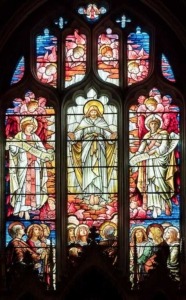 “So, as you’re watching this, you see Jesus take His seat upon a glorious throne in heaven. And after He is seated in power at the right hand of the Father, He begins to look around at all the souls who have accompanied Him from the land of Sheol.
“So, as you’re watching this, you see Jesus take His seat upon a glorious throne in heaven. And after He is seated in power at the right hand of the Father, He begins to look around at all the souls who have accompanied Him from the land of Sheol.
“These were the ones who waited many long years and even centuries for a Savior to come and release them from bondage.
“But soon, you notice that Jesus is looking for someone in particular. He eventually fixes on one person and calls him out. Surprisingly, the one who emerges from the crowd is an old man…like me.
“The people seem to know the old man well so they make way for the venerable figure as he slowly walks forward, almost embarrassed to receive such recognition.
“As he approaches the throne of grace, Jesus smiles a smile that fills even heaven with its light.
“Then He does something amazing. The King takes off His crown and descends from His high place to embrace the man below. The man doesn’t know what to say, so he says the first thing that comes to mind:
“’Son…it’s been so long. How is your mother?’”
Ah, blessed St. Joseph! That amazing, silent saint. Beloved of Jesus and Mary. Worthy of all respect and veneration.
Images of St. Joseph in Different Art Forms
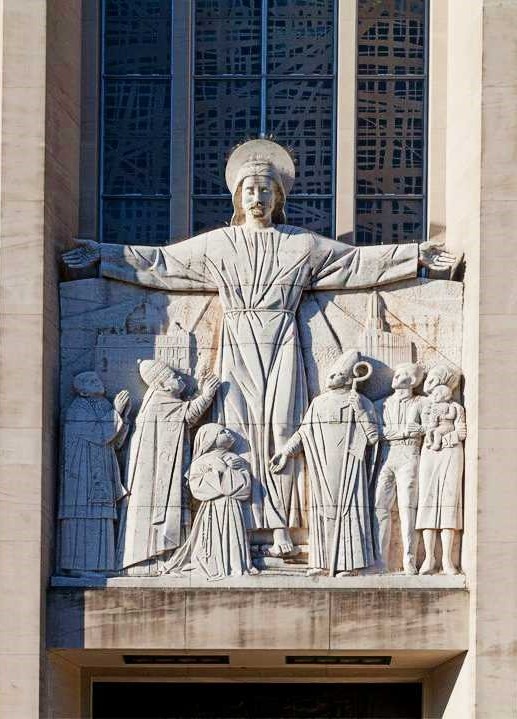
Facade of Cathedral of St. Joseph, Hartford, CT
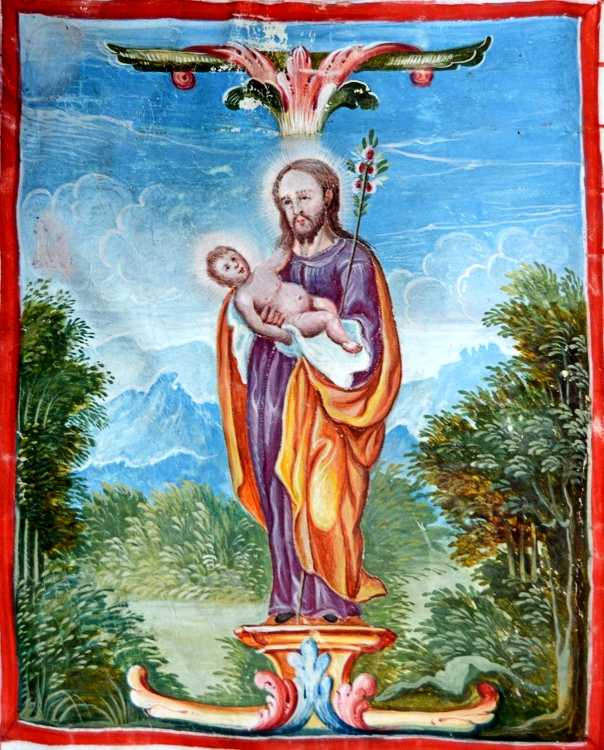
Illuminated manuscript with St. Joseph forming the Letter “I”

Painted terra cotta statue, Italian, ca. 1475
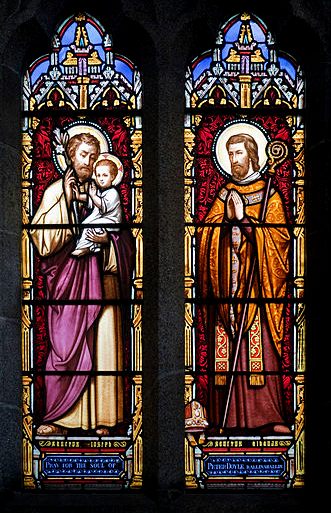
Cathedral stained glass window, Enniscorthy, Ireland
Among the Dead
The Italian man’s touching story also preserves a theological truth about St. Joseph. Since he died prior to Christ’s own Death and Resurrection, even the great foster father of Jesus did not have access to heaven. It wasn’t possible for any human soul to enter until the gates opened for Christ at His Ascension!
Joseph, then, must have been among the disembodied “spirits in prison” (1 Pet 3:19) who St. Peter tells us Jesus went to preach to on Holy Saturday. Wow.
And though Joseph plays such an important part in the life of the Savior, it’s astonishing that not a single word of his is recorded in Scripture. We see only Joseph’s actions in scripture. God seemed to think that that was enough for us to know about Joseph, and the rest of the story we can get directly from him in heaven.
One of Three Josephs
But although he is silent, St. Joseph does not stand as an isolated figure in salvation history. We must think of him as one of three Josephs in scripture who form a single unified tale, each one shedding light on the other.
Joseph, the Old Testament Patriarch, and Joseph of Arimathea are the other two Josephs who, in a way, surround the foster father of Jesus and teach us his true significance.
St. Joseph the Dreamer

Rembrandt, ca. 1650
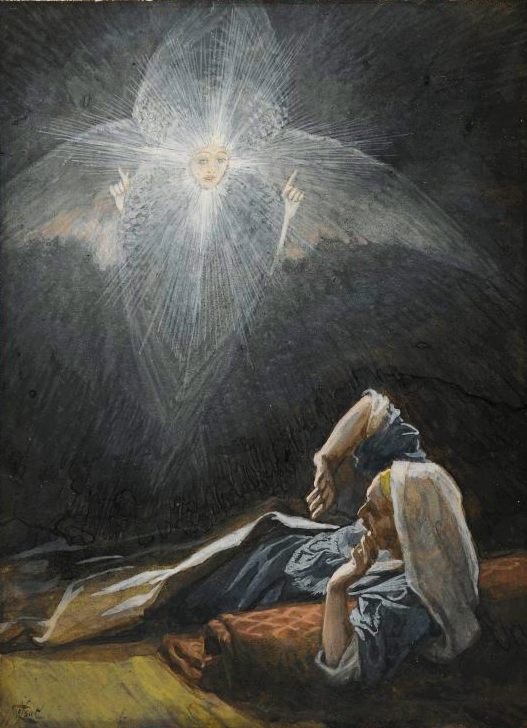
James Tissot, ca. 1890
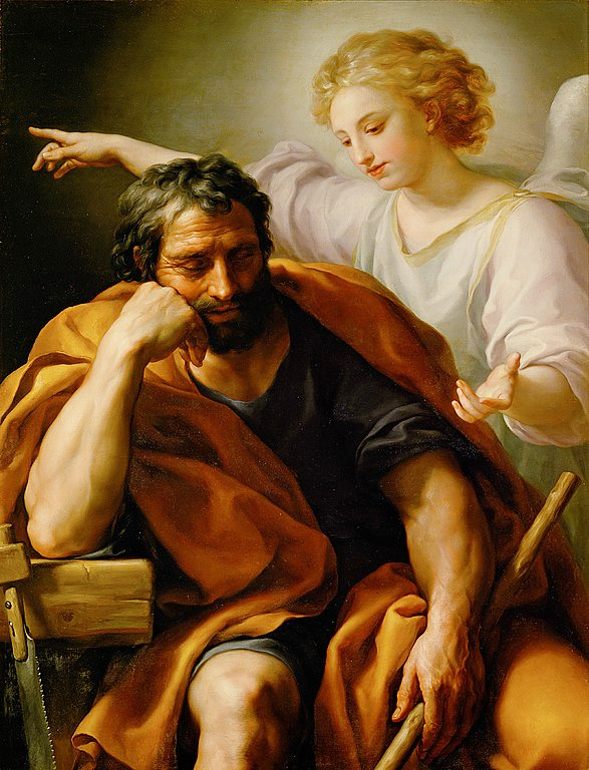
Anton Mengs, 1771
Old Testament Dreamer
You may remember from the Book of Genesis (chapters 37-50) that the Patriarch Joseph was the 11th son of Jacob, whose sons formed the twelve ribes of Israel. This Joseph, flamboyant in his multi-colored robe, was the favorite son of Jacob, being the child of his old age.
Joseph dreamed a lot, which set him at odds with his brothers because his dreams seemed to exalt Joseph over the others.
“Here comes that master dreamer,” the brothers said on the day they intended to kill him. Instead, they threw him into a pit and then sold him to some travelers going to Egypt. As time would tell, Egypt was the place of destiny for the family of Jacob and for the whole people of Israel.
The Real Master Dreamer
St. Joseph’s dreams and his flight to Egypt so closely parallel the Old Testament experiences that they cannot be coincidences in God’s plan. But they also represent a sort of spiritual augmentation of everything Joseph the Patriarch went through:
- Joseph of Nazareth also dreamed dreams (Mt 1:20-24; 2:13, 19, 22), but he received them expressly at the hands of an angel of the Lord who spoke to him personally—these mystical experiences were something the Old Testament Joseph never knew;
- Joseph of Nazareth also went to Egypt as the result of a crime (the massacre of the Innocents). Most importantly, as St. Mathew tells us, he went to fulfill a biblical prophecy related to the chosen people, “Out of Egypt I will call my son” (Hosea 11:1; Mt 2:15).
By the way, if you watched the first season of the hit show, The Chosen, there is one episode where Jesus meets an Egyptian woman and speaks to her in her native language.
The disciples are surprised to hear Him speaking a foreign language and asked Him how He knew Egyptian! Jesus told them He spent a portion of His youth there, when His family fled from Herod. The scene is based on a nice detail that is biblically accurate.
So, in sum, St. Joseph was the real master dreamer, but His dreams were not those of supremacy or interpretations of other people’s dreams. They were direct messages from God for Joseph’s role in a larger Plan.
St. Joseph, Patriarch and Protector
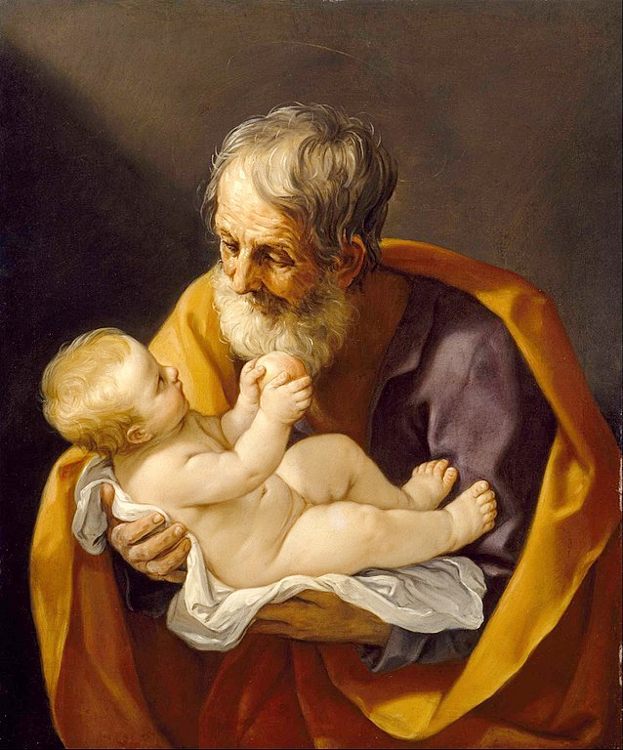
Guido Reni, 1640
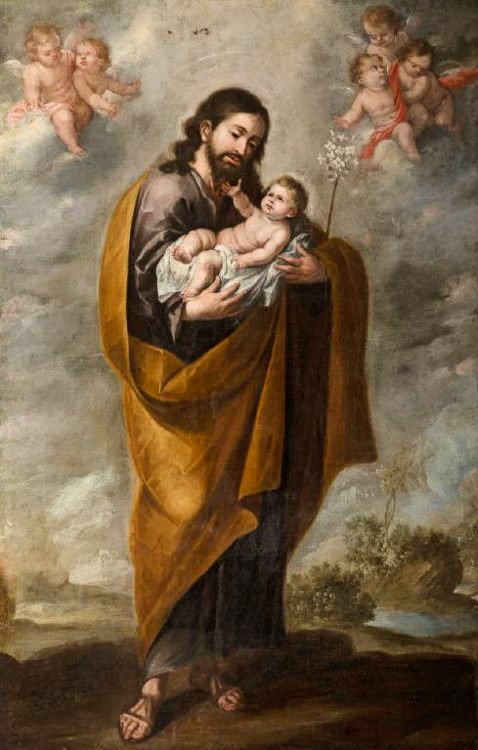
Esteban Murillo, ca. 1680
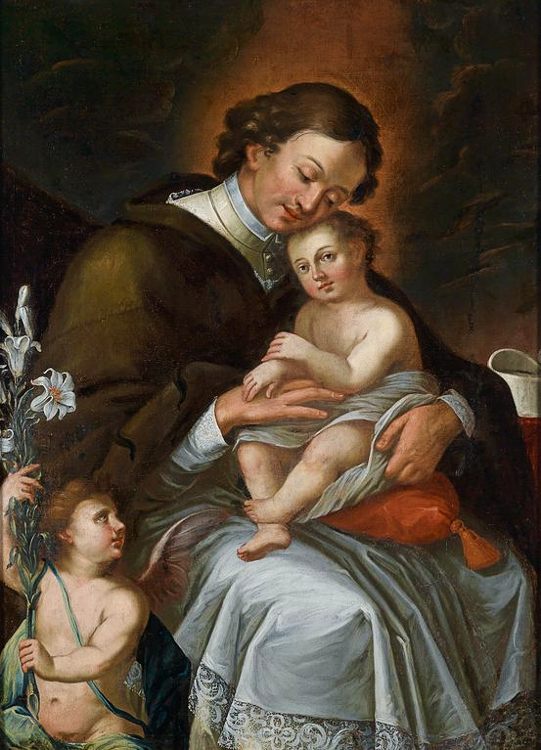
Hermann Joseph, 1700s
The Last or the First Patriarch?
Egypt is probably where Joseph understood his calling to be a patriarch. There, Joseph became the last of the Old Testament patriarchs or perhaps it’s better to say he became the first patriarch of the New.
In a spiritual sense, the experience of the two Josephs is like a set of bookends on Israelite history. Joseph the biblical Patriarch was the reason the people of Israel found themselves in Egypt and subsequently endured 450 years of slavery.
St. Joseph, the New Testament Patriarch, ended that much longer slavery of the entire human race to sin when he literally escorted the Messiah out of Egypt and back to the Holy Land to begin His mission of salvation.
The Church has always seen spiritual slavery as a worse affliction than any physical ailment, and St. Joseph opened the way for us to be free of that type of slavery.
St. Joseph, Head of the Holy Family

Peru Cusco School, ca. 1725
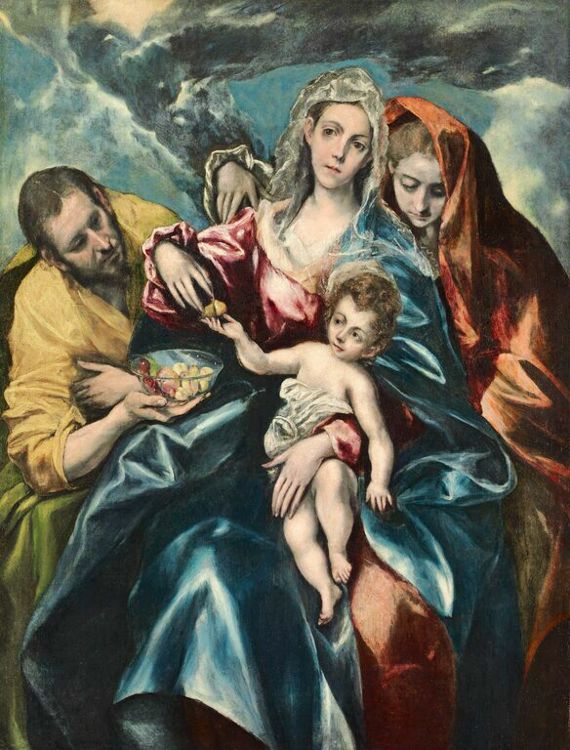
El Greco, 1595

Nicolas Poussin, 1655
The Resourceful Man of God
Again, as we know from our biblical history, the ancient Joseph proved his value as a manager during his slavery, so much so that eventually he rose to the rank of second in the Kingdom of Egypt.
The happened because he interpreted a dream for Pharaoh about a famine that would come upon the world. Pharaoh wisely put him in charge of keeping people alive during the famine and is the one who spoke the very words that follow St. Joseph into Church history:
Ite ad Ioseph! (Latin, Gen 41:55): Go to Joseph!
The other famous quote, later applied to St. Joseph from this period, comes from the psalms:
“God made him master of his household and put him in charge of all that he owned” (Psalm 105:21).
The parallels with the life of St. Joseph are abundantly clear: Joseph is the provider for the Holy Family. Jesus “went to Joseph” His entire young life for His physical protection, His human nourishment, and His joy.
God put St. Joseph “in charge” for a time of His most precious gifts to the human race: the Blessed Virgin Mary and the Divine Savior. Wow. Let’s look at the parallels all together in one chart:
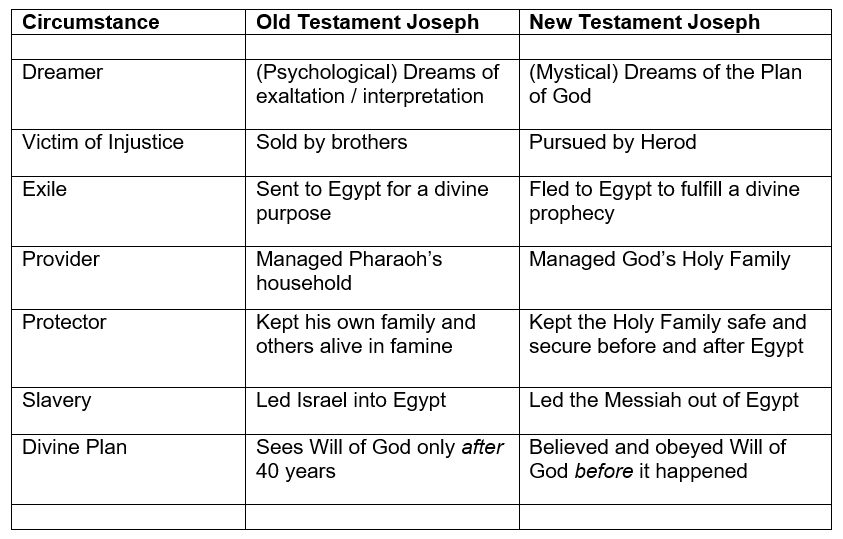
Cradle and Cross, Cave and Cloth
Speaking of “bookend” experiences, the third Joseph—of Arimathea—bears another striking parallel with St. Joseph (actually four parallels), which are pretty straightforward. Again, nothing in God’s plan involving St. Joseph is coincidental.
- WOOD: St. Joseph was present at the beginning of Jesus’s earthly life and laid the Baby in the wooden manger, and another Joseph was present at the closing of Jesus’ life when He was hanging on the Wood of the Cross.
- CLOTH: St. Joseph swathed the Baby Jesus in swaddling clothes to present Him to the world. Joseph of Arimathea swathed the Body of Christ in a burial cloth (which we now know as the Shroud of Turin), presenting the mystery of Christ to all of history.
- HANDS: St. Joseph’s hands were the first human hands to touch the sacred Body of the Savior (presuming Joseph himself delivered the Child). Joseph of Arimathea’s hands were the last human hands to touch the sacred Body of the Savior (prior to the Resurrection).
- RESTING PLACE: St. Joseph provided a cave in the earth for the Savior’s birth. Joseph of Arimathea provided a tomb in the earth for His burial.
The Story of Three Josephs
I’m sure my old Italian friend told of Joseph’s place in history better than all these facts, but they all amount to the truth that God really used Josephs to save the world.
Here are the basic facts as we have summarized them:

- The first Joseph discovered the Plan of God for the 12 Tribes.
- The second Joseph obeyed the Plan of God for the Holy Family.
- The third Joseph carried out the Plan of God in and through the Church.
It should be clear now that with St. Joseph on our side—provider, patriarch, protector, mystic, and beloved of Christ—what more could we need?
—
Public domain images via Wikimedia Commons: Cleveland Museum of Art, El Greco, Guido Reni, Bartolomé Esteban Murillo, James Tissot, Carol M. Highsmith, Hermann Joseph, Walters Art Museum, Latin text, Rembrandt, Lima Art Museum, Nicolas Poussin, Andreas F. Borchert, Anton Raphael Mengs. Also: Ascension, Jules & Jenny from Lincoln, UK; Feature, Sailko, Santuario della Santa Casa (Loreto), CC BY 3.0.
———-
[Note: This article is a reproduction of the Sacred Windows Email Newsletter of 10/29/23, so it does not end with the regular Soul Work section. Please visit our Newsletter Archives.]
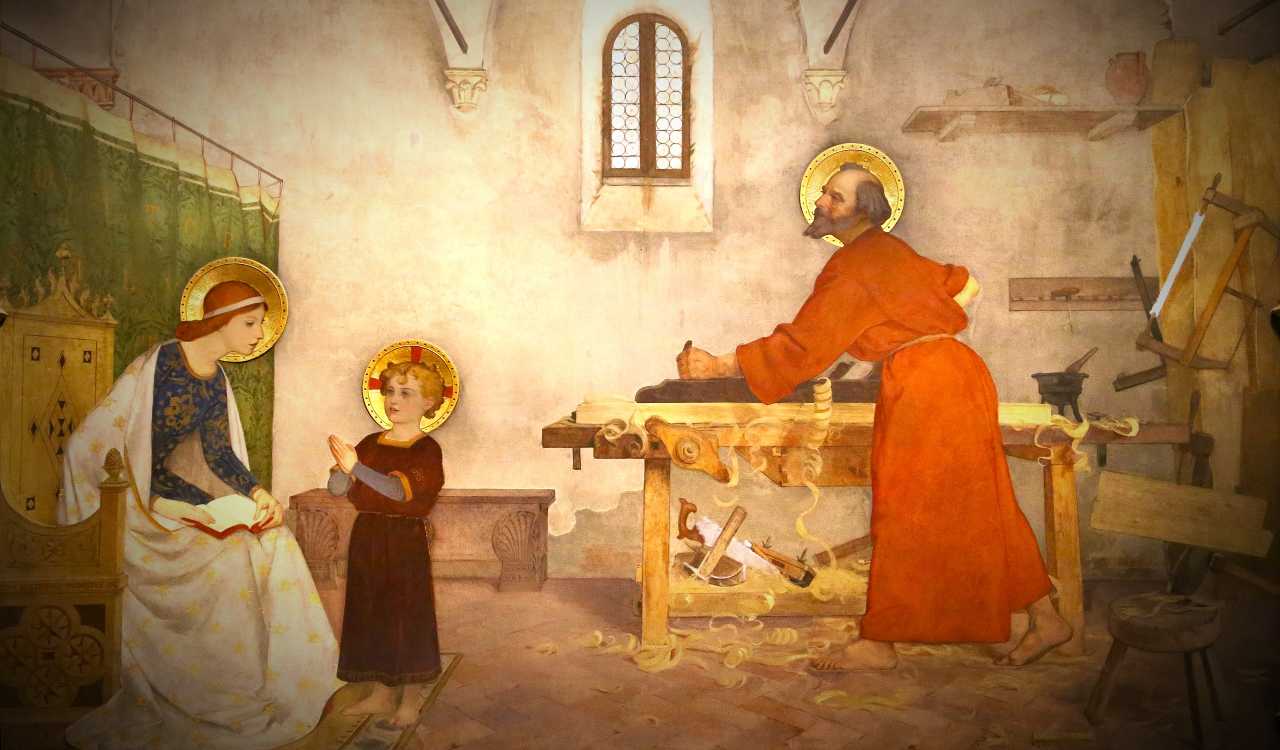
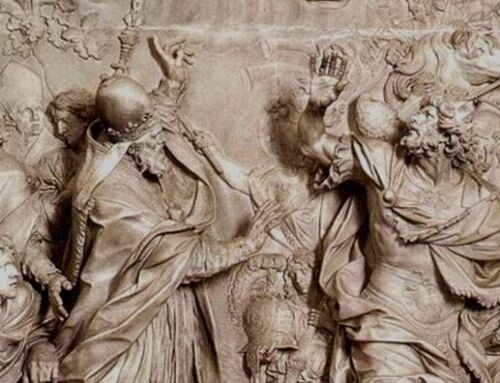
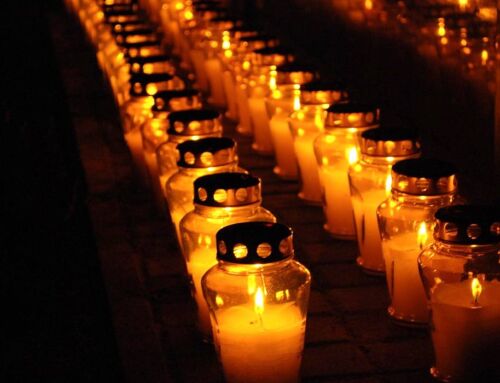
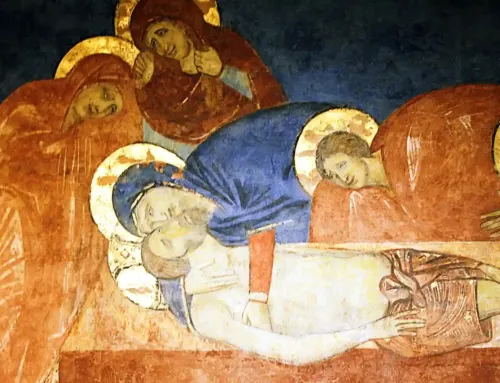
Leave A Comment